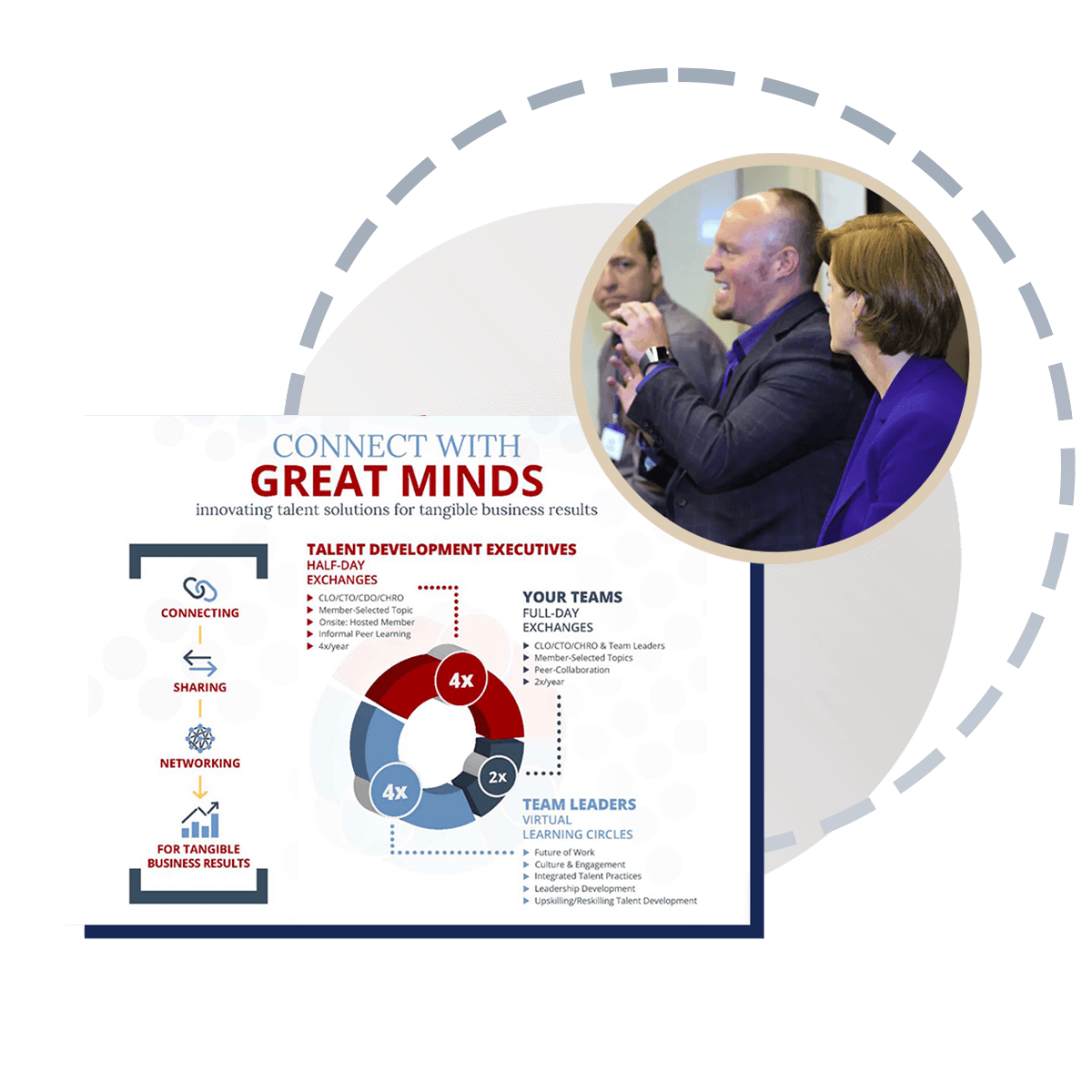Earlier this year, Google published the results of a study on 5,000 employees around the world who regularly engage in distributed work. Nearly half of their meetings involve employees working in two or more buildings. 39% of meetings involve multiple cities and 30% involve multiple time zones. They found that distributed work can be as effective as working in the same
office, but it isn’t always as easy or enjoyable. Why? Employees struggle to create three types of high-quality connections:
- Getting Connected – Arranging logistics that fully enable collaboration
- Being Connected – Ensuring technology supports the work they are doing
- Feeling Connected – Getting to know each other and building trust
- Check out Google’s Distributed Work Playbook online here
- Check out Google’s article: Working together when we’re not together online here
In this session, we will focus on how to help members of distributed teams Feel Connected. Traditional team builders are common way teams to learn how they can best work together. When team members traverse time zones, and even continents, that might take traditional team building off the table. Not so fast…
Great team-builders get everyone involved and working towards a common goal. They give team members opportunities to express their strengths in helping the team accomplish their mission. Team builders also help the team learn how they communicate and collaborate to solve problems in real-time. Virtual Escape rooms are one way for distributed teams to do all of
those things from anywhere in the world. Through an escape room experience, the goals are clear. The variety of puzzles and challenges available provide something for everyone, no matter what their specific skills are. To successfully navigate the escape, team members must collaborate and communicate – in real-time – or they don’t make it. Through this session, we will explore how organizations could leverage virtual escape rooms as a way to facilitate virtual team builders. We may also veer into the broader spaces of getting connected, being connected, and feeling connected. How might your organization build stronger collaborative skills within distributed teams?
